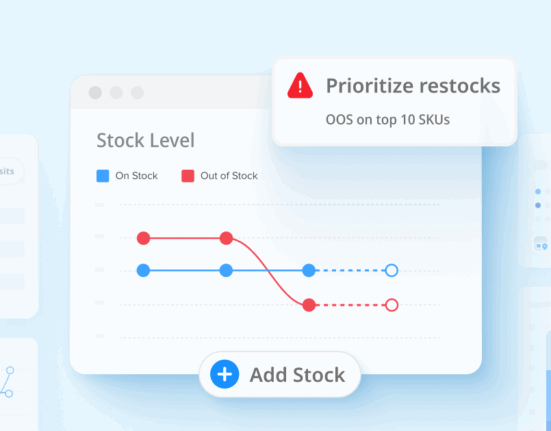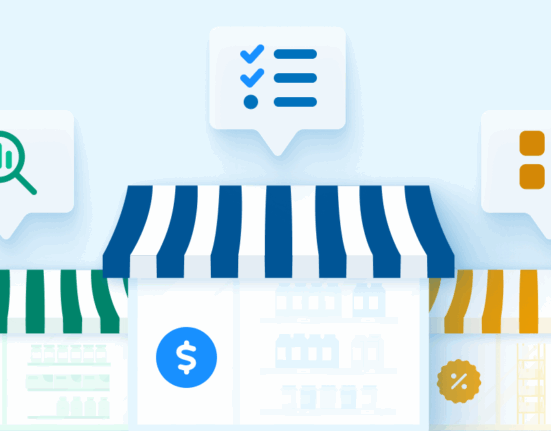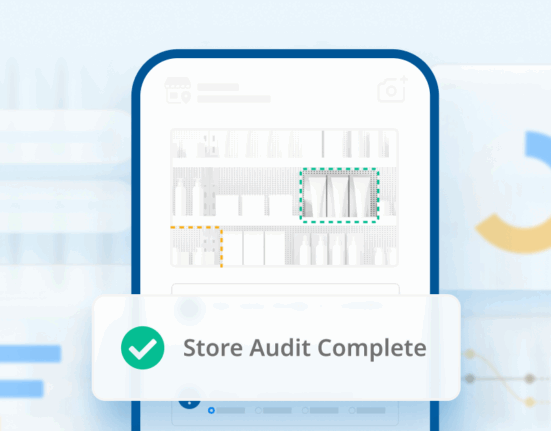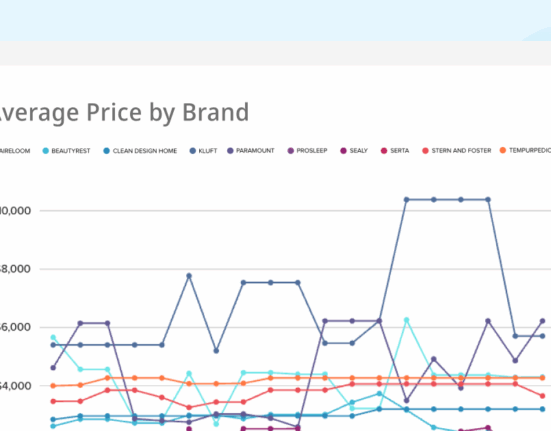In the world of supply chain innovation, order-to-shelf technology is the next big thing.
In 2016, Whole Foods and Target both switched over to this ordering process and have seen significant results (some good and bad). Now when store employees put in an order, they provide a precise count of products needed for replenishment instead of a general estimate. When the order is received by the distribution center the items are precisely packed on pallets based on the layout of that store. This allows the items to be brought in off the truck and immediately stocked on the shelves, avoiding overstock in the backroom.
How Does Order-to-Shelf Technology Work?
In this type of system, full cases of products are broken down at the warehouse into “inner packs” or individual items, which are then stored in plastic totes. These “donor totes” are then conveyed automatically from their storage areas to the warehouse workstations, and the workers select products from them and place the product in outbound delivery totes based on orders placed by individual stores.
The Good That Order-to-Shelf Technology Brings
So far, the technology has been able to shrink the need for backroom inventory as the ordering process is more precise and saves hours for their workforce in restocking the shelves.
The Bad That Order-to-Shelf Technology Brings
The store-ready logistics put an extra burden on the distribution center as now they need to implement new packing procedures to accommodate the grocer’s needs. When an issue in the technology disrupts the workflow, shipments can be delayed forcing shelves to remain empty.
What’s to Come?
Like all new innovations, there is going to be a learning curve. Retailers and distributors will need to have an open line of communication and work together to ensure the shelves stay stocked and consumers stay happy.
Editor’s Note: This blog was originally published by RW3. RW3 was acquired by Wiser Solutions in early 2022 and this blog has been revised and repurposed for a global audience.









